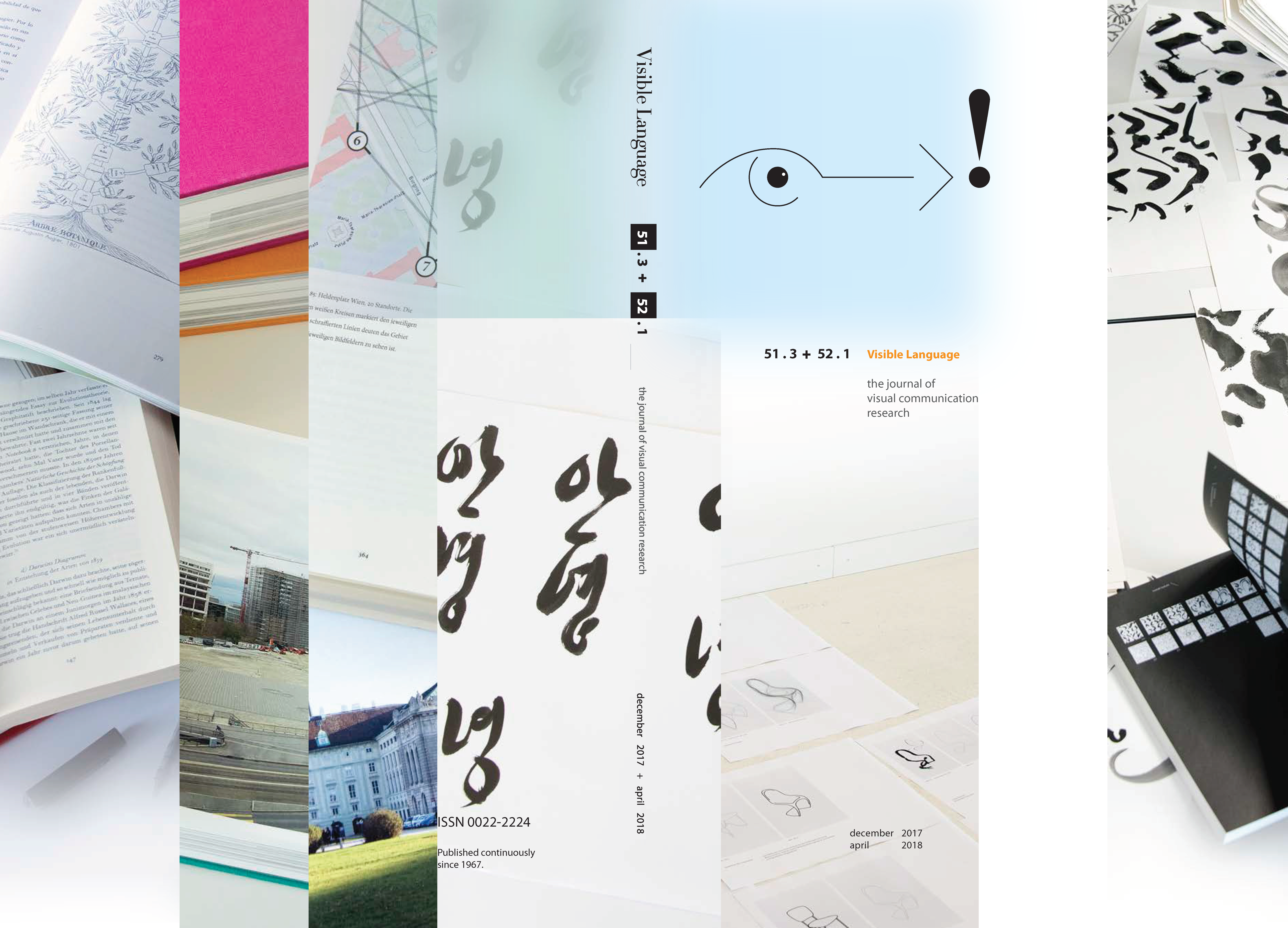Premises for Interaction between Images
Abstract
When images are seen in pairs, the viewer seeks the perceivable features shared by the two images, to compare them. The aim of this process is to understand why they stand next to each other and also, if possible, to understand the images as a unity. Studies in the field of art history (see the method of 'comparative seeing') and psychology (as an example 'visual metaphors') investigate–in the field of image-juxtaposition–different aspects of this phenomenon. Nevertheless, the premises that are needed for images to be interpreted as belonging together have yet to be examined on the image-level. This study analyzes the basic conditions that should begiven for image connection processes to occur and tries to answer the following question: "Which pictorial elements can be detected as premises for a relation between two images?". The investigation is an explorative study using the method of practice-led iconic research to detect the premises that allow connection processes between images to occur. The analysis documents the relevance of different image-features, as for example, the analogy of the directional positions within the images or the width of the stroke in line drawings. An eye-tracking study, that was conducted as a subsequent step, strengthens the findings of the practical research.Downloads
Published
2017-11-01
Issue
Section
Journal Article

